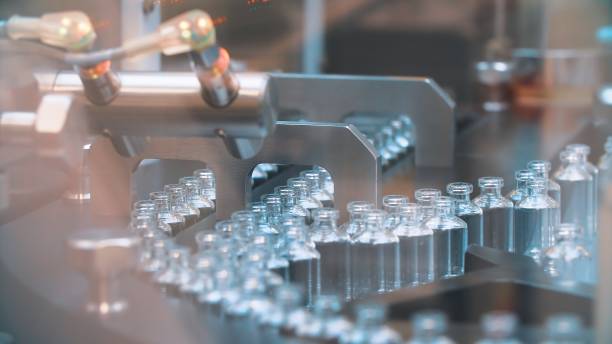2-HEXANONE

2-Hexanone is a ketone used as a general solvent and in paints. Safe Home offers a few kits that provide drinking water testing for 2-Hexanone in city and well water supplies.
Parameter Type: Drinking Water Testing for Volatiles
Parameter Name: 2-Hexanone
What it is and Where it Comes From:
2-Hexanone (methyl butyl ketone, MBK) is a ketone used as a general solvent and in paints. It dissolves cellulose nitrate, vinyl polymers and copolymers, and natural and synthetic resins. It is recommended as a solvent because it is photochemically inactive; however it has a very low safe threshold limit value. 2-Hexanone is absorbed through the lungs, orally and dermally and its metabolite, 2,5-hexanedione, is neurotoxic. Animal tests have shown that the neurotoxic effect of 2-hexanone may be potentiated by simultaneous administration of 2-butanone (methyl ethyl ketone, MEK). It is formed as a waste product resulting from industrial activities such as making wood pulp and producing gas from coal, and in oil shale operations. Drinking water testing gives you several benefits like peace of mind, identifying contaminants in your water, and insight into health concerns. Safe Home offers Laboratory drinking water testing kits for 2-Hexanone, allowing you to collect your water sample and ship it directly to our EPA-Certified Laboratory. This platform of drinking water testing for 2-Hexanone will give you an accurate level based on the lowest level of a parameter our instruments can detect (Method Detection Level). Safe Home drinking water testing for volatiles can be used for city and well water supplies. Drinking water testing should be done any time you notice a significant change in your water quality.
Health Effects:
Swallowing a high dose of 2-hexanone may harm your nervous system. Workers exposed to 2-hexanone in the air for almost a year felt weakness, numbness, and tingling of the hands and feet. Similar effects were seen in animals that swallowed high levels of 2-hexanone. Some studies in rats show that the male reproductive organs may be damaged by 2-hexanone. In pregnant rats exposed to 2-hexanone vapor, females did not gain as much weight during their pregnancy, had fewer offspring, and had offspring that were smaller than those not exposed. However, we do not know if 2-hexanone affects human reproduction or causes birth defects. The health effects of 2-hexanone exposure in children are not known. Studies in laboratory animals who have swallowed 2-hexanone for a long period of time did not find any cancer.
Solutions to Contaminant Levels:
After drinking water testing, what is the next step? A filter with granular activated carbon (GAC) is a proven option to remove certain chemicals, particularly organic chemicals, from water. GAC filters also can be used to remove chemicals that give objectionable odors or tastes to water such as hydrogen sulfide (rotten eggs odor) or chlorine. Reverse osmosis is a process that removes foreign contaminants, solid substances, large molecules, and minerals from water by using pressure to push it through specialized membranes. Here’s how reverse osmosis works. Unlike osmosis, which is a passive process, reverse osmosis requires external force (pressure) to work. Pressure is applied to a highly concentrated solute solution, such as salt water, to pass through a membrane to a lower concentrate solution. The membrane allows water to flow through but blocks out larger molecules, like contaminants. The reverse osmosis process leaves higher concentrations of solute on one side and only the solvent, or freshwater, on the other. Who do I need to contact to find out more information about water quality in my area? Every community water supplier must provide an annual report to its customers, known as a Consumer Confidence Report (CCR). The report provides information on your local drinking water quality, including the water’s source, contaminants found in the water, and how consumers can get involved in protecting drinking water. How often does the local public water system preform drinking water testing? Frequency of drinking water testing depends on the number of people served, the type of water source, and types of contaminants. Certain contaminants are tested more frequently than others, as established by the Safe Drinking Water Act. You can find out about levels of regulated contaminants in your treated water for the previous calendar year in your annual Consumer Confidence Report (CCR).


